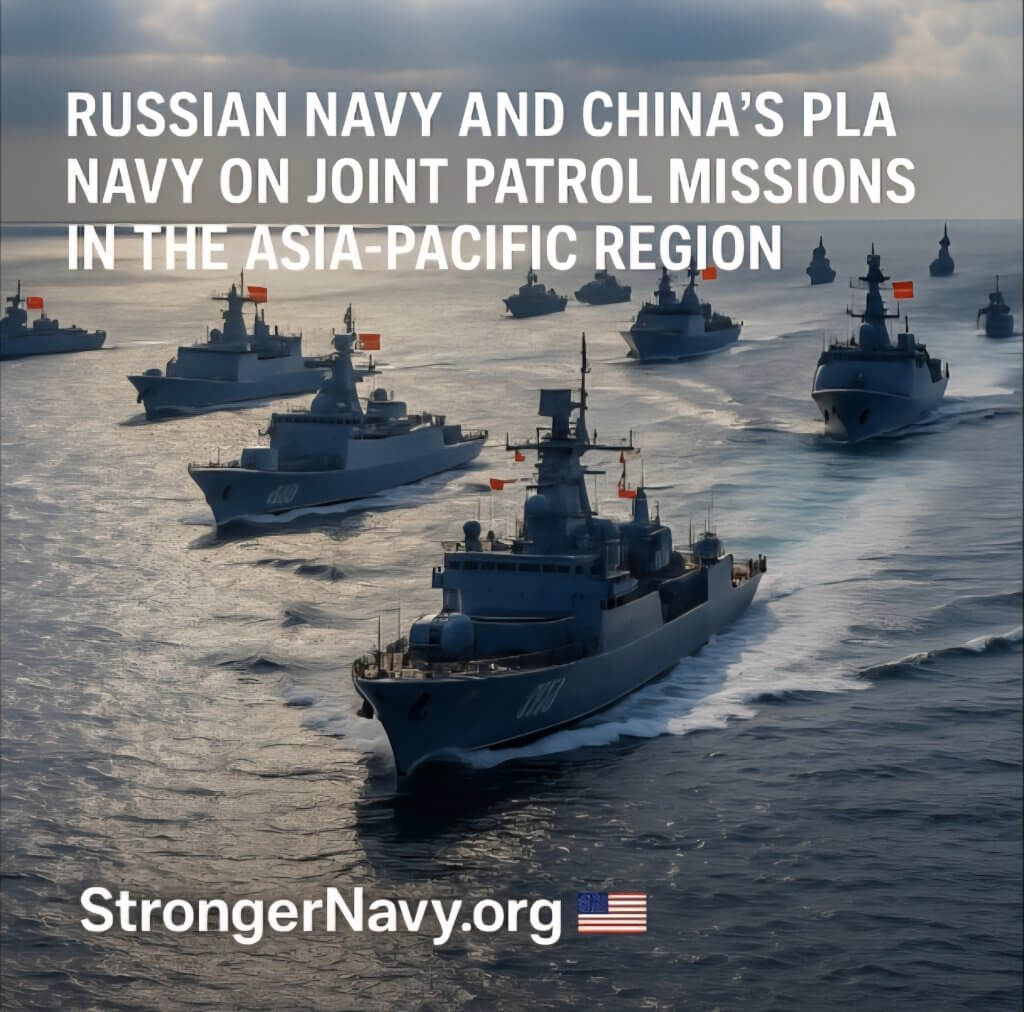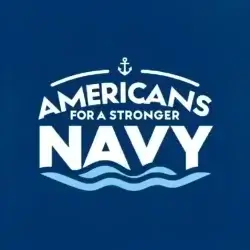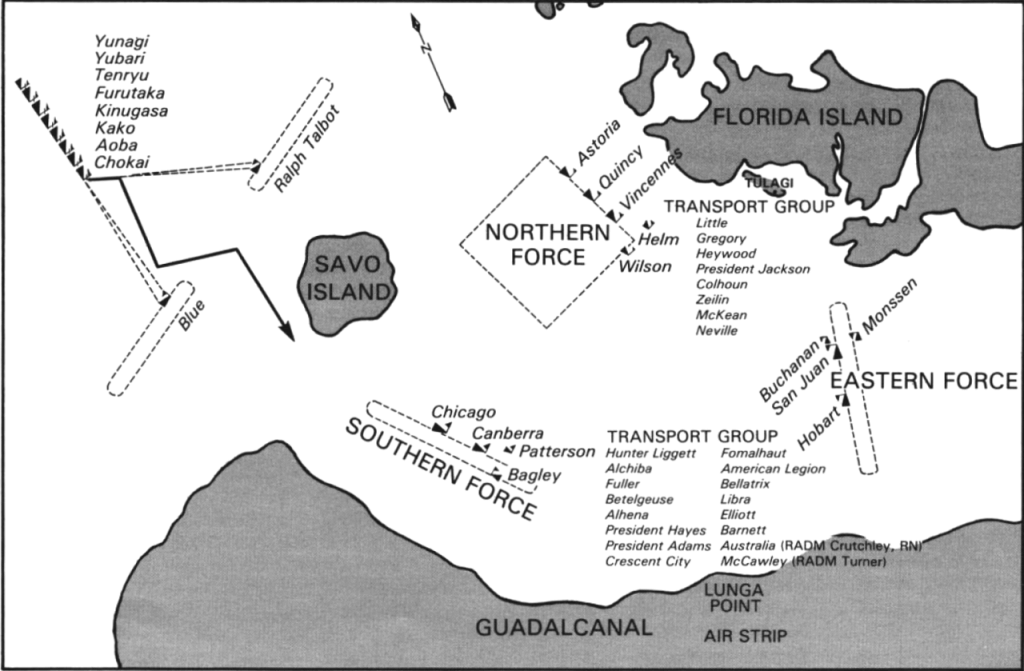
Introduction
Russian and Chinese naval forces completed a coordinated patrol through the strategically vital Soya Strait near Japan on August 8, following their Joint Sea 2025 exercise. The three-ship flotilla—including China’s destroyer CNS Shaoxing, supply ship CNS Qiandaohu, and Russia’s destroyer Admiral Tributs—sailed eastbound from the Sea of Japan into the Sea of Okhotsk, demonstrating growing operational coordination between America’s two primary maritime rivals.
What the Numbers Tell Us
The data reveals an unmistakable pattern of escalating military cooperation:
113 joint military exercises conducted by China and Russia since 2003. The Joint Sea exercise series, launched in 2012, has now been conducted 10 times and has become what China calls “a key platform for China-Russia military cooperation.” This latest exercise (August 1-5) included sophisticated joint air defense, counter-sea, and anti-submarine operations.
While China’s Defense Ministry insists this cooperation is “not aimed at any third party” and dismisses criticism as “groundless speculation,” the operational reality speaks louder than diplomatic assurances.
Why This Matters for American Naval Power
Public statements aside, these are not ceremonial sail-bys. China and Russia are systematically deepening their operational coordination in waters that form part of America’s strategic defense perimeter in the western Pacific.
The Soya Strait—positioned between Russian Sakhalin Island and Japan’s Hokkaido—represents more than a shipping lane. It’s a critical chokepoint in the maritime geography that has historically allowed the U.S. Navy and its allies to maintain sea control in the region.
Geographic reality check: Japan, Taiwan, and the Philippines aren’t just treaty allies—they’re the geographic anchors of America’s first island chain strategy. When hostile naval forces operate in coordinated fashion near these positions, it directly challenges the maritime supremacy that has underpinned regional stability since 1945.
Strategic Implications: What the U.S. Navy Must Consider
For Naval Planning: The U.S. Navy must now prepare for scenarios where China and Russia function as an integrated maritime threat in the western Pacific. This means developing tactics for simultaneous multi-axis threats, ensuring our Pacific Fleet can maintain sea control against coordinated opposition, and investing in platforms and weapons systems designed for high-intensity naval combat.
For Alliance Management: Japan’s latest defense white paper already warns of China’s “swift” military expansion and “intensifying activities” around disputed territories. This patrol reinforces Tokyo’s concerns and validates Japan’s own naval modernization efforts.
For other regional allies, the message is clear: strategic cooperation with Washington must evolve as rapidly as the threat. Beijing and Moscow are not standing still—neither can we.
The Broader Context: Russia’s Pacific Return
Russia’s renewed naval activism in the Pacific, combined with China’s expanding blue-water capabilities, represents a fundamental shift in the regional balance of power. The Russian Pacific Fleet’s stated objectives—”maintaining peace and stability” while protecting “economic assets”—mirror the language China uses to justify its South China Sea expansion.
Bottom line: When two authoritarian powers with global ambitions coordinate naval operations near democratic allies, American naval strength becomes the decisive variable in maintaining regional stability.
What This Means Going Forward
The August 8 transit may have occurred beyond Japan’s territorial waters, but the strategic message was unmistakable. As these exercises become more frequent and sophisticated, the U.S. Navy faces a new operational reality: preparing not just for individual threats from China or Russia, but for their coordinated maritime power projection.
The choice is stark—maintain naval superiority through continued investment in platforms, training, and alliance coordination, or watch strategic competitors reshape the maritime order in the world’s most economically vital region.
For Americans who understand that naval power remains the foundation of global stability, the time for half-measures has passed.
Americans for a Stronger Navy advocates for the naval capabilities required to maintain American maritime superiority and protect our allies worldwide.



